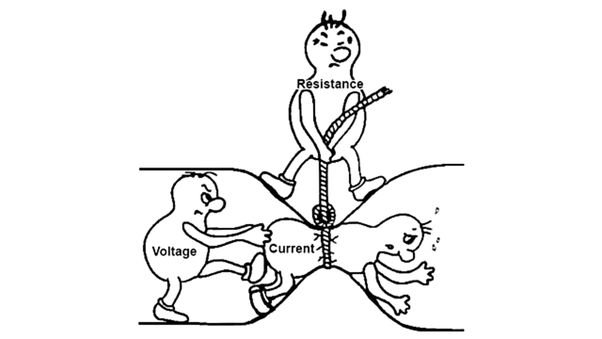Clay Pigeon
Shooter
Some folks just argue for the sake of it...
Power on a small scale. I have not devoted a lot to this but we have had a few fairly decent battery inverted back ups.
Friends own a serious recovery/salvage operation near us. There was a time when folks were scrapping out the family Winnebago as apposed to putting new tires and brakes on it. The yard had about 6 of these come in close together to be salvaged. 4 had less than 40K on the clocks but had been sitting. The inverters were there as were the control panels. We stripped these out. Battery inverted power supply's were not new to me as we had a few race trailers wit them in place. These inverters were serious enough pieces.
I built the 1st one with 8 batterys (a mix of lead acid offerings from the yard) that all checked good. (2) 4 battery bass boat smart chargers and a good structure to house all the parts and pieces we had a fairly "OK" battery back up mainly for lighting. Never tried to run a refrigerator on this one. No fancy in house secondary wiring for this just ample well made extension cords. A good friend talked me out of it and put it in his hunting cabin. This was 12 years or so ago. He swapped out the battery's for deep cycle marine pieces and it has served him well.
I built another one just like it for a good friend and he still has it. Yes they have to run the genny's to bank up the power but not as often as you might think.
The last one was a 10 battery (deep cycle gel) with the last 2 inverters. Had it in place for a few years and never needed it. We did run the lights and refrigerators on it occasionally. It was sold to another friend. He has integrated it into his off the grid solar system.
No magic engineering just solid build techniques. Every wire was crimped and then soldered. I am not certified. I have lost track of the wiring I have done in racing applications with never a failure. Proper tools/materials.
No idea how efficient those systems were. All I know is they worked. and still do. Now we have way more generator/fuel reserves we need to run both property's for a given time period.
I've done and still run a few DC power systems in my life. My sailboat has 500 watts of solar and a 400 watt wind turbine that gives me an abundance of DC power and if its cloudy and windless for a few days I can fire up that Yanmar and run the 100 amp Balmar to charge the house bank back up.
If one wants truly copper wire that tends not to turn green you should buy wire thats tinned to begin with.
I also have a wind system at the farm that runs off an Aeromotor windmill. I can pump water and generate power with it.
It ain't rocket science..



















